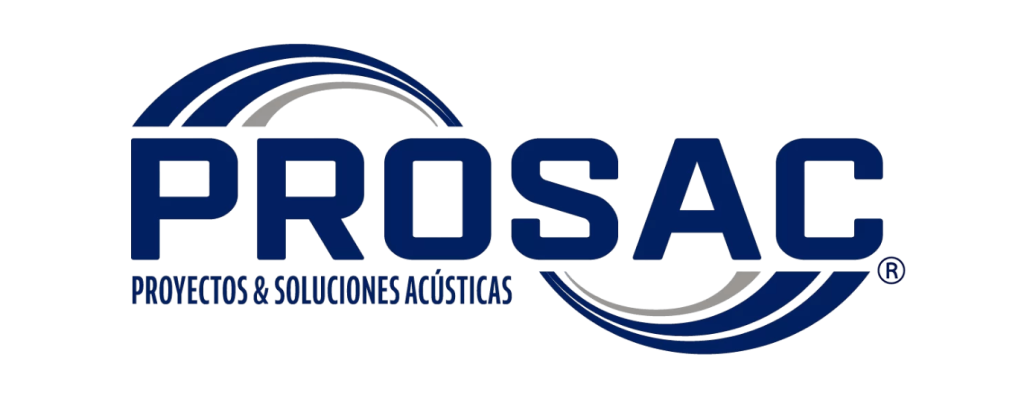

We apply a continuous improvement process every day to enhance our quality standards and the competencies of our staff.
We develop noise maps in accordance with calculation procedures validated by current regulations and guidelines, providing a detailed representation of sound propagation across different environments. Our team includes experts in 3D modeling and uses specialized software to create accurate projections that integrate all variables involved in sound propagation. This enables the design of effective solutions and ensures the protection of receptors and compliance with regulations.
> Environmental Airborne Noise Map
We project outdoor sound propagation from fixed and mobile noise sources affecting human receptors and native fauna. This applies to projects under SEIA review, environmental monitoring, or noise control projects, among others. We use B&K Predictor Lim-A software to build 3D models based on ISO 9613 standards, generating detailed maps that visualize noise levels in the project’s surroundings and help assess the effectiveness of control measures.
> Occupational Airborne Noise Map
For companies with workers exposed to noise levels above those established by PREXOR, we develop mandatory quantitative noise exposure risk maps using Noise At Work Type D software. This allows the identification of critical zones requiring control measures (via color scale), as well as quiet areas that should be protected to avoid increased noise levels.
> Underwater Noise Map
We develop 3D underwater noise propagation models that integrate variables such as bathymetry, water temperature, and salinity. Modeling is assisted by dBSea software, which uses physical models (parabolic equation, ray tracing, and modal analysis)—the most accurate and validated methods according to the SEA guidelines. These maps include isophonic curves and are differentiated based on frequency weighting for marine mammals, sea turtles, and fish, allowing us to identify influence zones and behavioral or physiological impact areas.